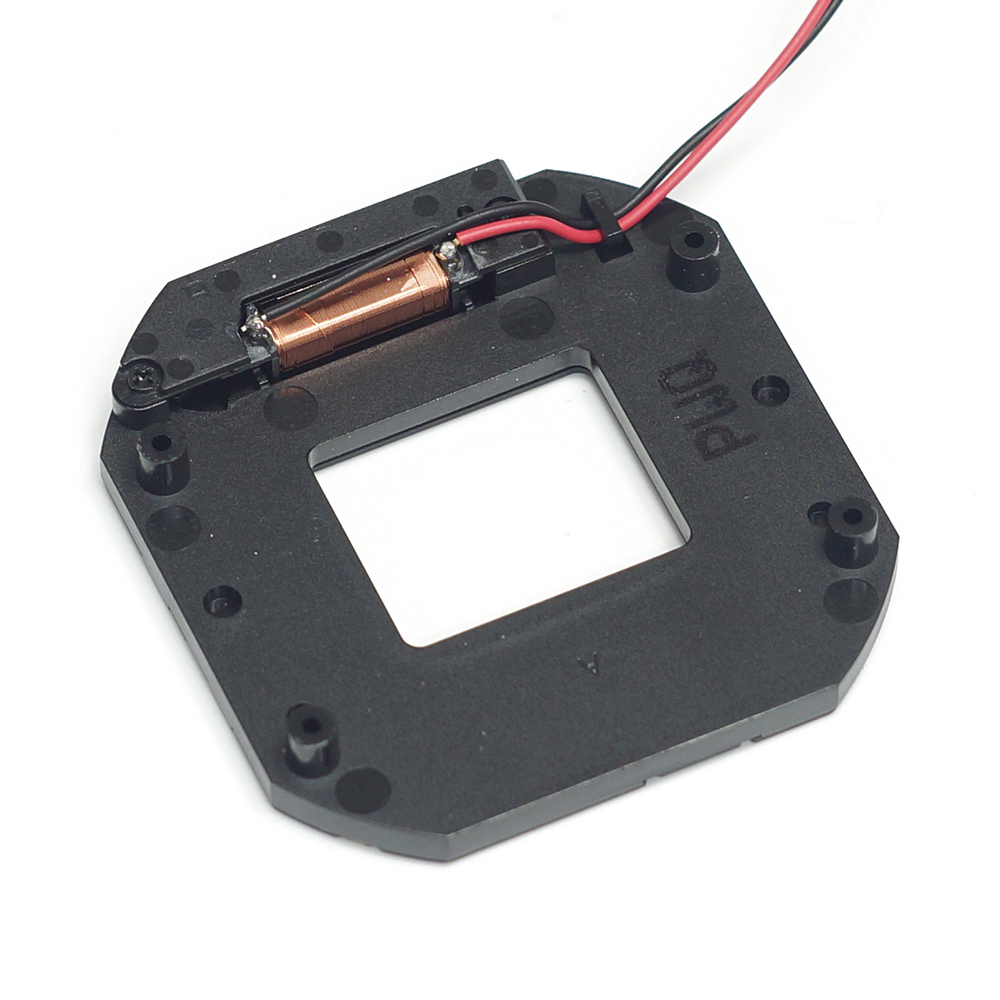They play a critical role in laser systems, imaging equipment, and advanced communication technologies by regulating the duration of light passage or blockage. Selecting the right type of optical shutter directly impacts the performance and reliability of the entire system.
Shenzhen Kuyang (www.ky-ele.com) has specialized in the design, manufacturing, and sales of optical mechanical shutters for over 30 years, with products widely applied across various optical systems. Leveraging decades of research and production expertise in the field of optical shutters, this article will provide a detailed overview of different types of optical shutters, their characteristics, applicable scenarios, and key selection criteria — helping you make informed decisions.
Basic Principles and Importance of Optical Shutters
Optical shutters achieve light modulation by precisely controlling the transmission or blockage of light in various applications. Whether protecting sensitive equipment from high-power laser damage or enabling accurate exposure control in high-speed imaging, optical shutters are indispensable components.
Detailed Overview of Mainstream Optical Shutter Types
- Mechanical Shutters:
The Cost-Effective Choice Mechanical shutters control exposure time through mechanical structures, physically moving components to regulate the passage and blockage of light. They are the most common and economical type of shutter. Mechanical shutters employ an actual “gate” mechanism and are generally classified into focal-plane shutters (composed of two curtains) and blade shutters (consisting of multiple blades).

Shutter speeds can reach the millisecond range, with the fastest models achieving up to 1/8000 second (0.125 ms). Key characteristics include:
| Project | Content |
| Working Principle | Solenoid moves shutter blades for ON/OFF |
| Advantages | Low cost, reliable, works in many scenarios |
| Limitations | Mechanical wear, fastest speed ~1/1000 s |
| Typical Applications | Digital cameras, IR cameras, night vision, optical communication |
2. Electronic Shutters
Electronic shutters control exposure time by leveraging the electronic properties of the image sensor. Unlike mechanical shutters, they do not employ a physical “gate” to block or transmit light. Instead, exposure is regulated by switching the sensor’s circuitry on or off, allowing it to be sensitive or insensitive to light.
Electronic shutters are generally classified into rolling shutters (exposing line by line through sequential scanning) and global shutters (exposing all pixels simultaneously). Shutter speeds can reach the nanosecond scale.
Key characteristics include:
| Project | Content |
|---|---|
| Working Principle | Circuit blocks or allows light to sensor to achieve ON/OFF |
| Advantages | Nanosecond response, no mechanical wear, long lifespan |
| Limitations | Rolling shutter distortion for moving objects, stripes or overexposure under strong light |
| Typical Applications | Smartphone cameras, security cameras, etc. |
3. Liquid Crystal Shutters: Silent High-Speed Option
A liquid crystal shutter is an optical device that uses liquid crystal materials to control the transmission of light. Its working principle is based on adjusting the refractive properties of liquid crystals through applied voltage, enabling switching between transparent, semi-transparent, and opaque states.
In the field of cameras, liquid crystal shutters employ a plate structure instead of traditional mechanical shutters, offering advantages such as no moving parts, full-frame synchronized exposure, and high-speed operation. However, due to technical complexity and cost, they are not yet widely adopted in practical applications.
| Project | Content |
|---|---|
| Working Principle | Voltage adjusts electric field to control liquid crystal orientation for ON/OFF |
| Advantages | Completely silent, no mechanical parts, millisecond response |
| Limitations | High cost, low yield |
| Typical Applications | Optical display systems, biological microscopy |
4. Magneto-Optic Shutters: A Durable Solution for High-Power Applications
A magneto-optic shutter is a type of high-speed, non-mechanical shutter based on the Faraday effect. Its fundamental principle involves placing two orthogonal polarizers at the front and rear of the optical path (or within a lens), with magneto-optic material positioned in between.
When light passes through the first polarizer, it becomes polarized. In the absence of a magnetic field, the polarization remains unchanged and cannot pass through the second polarizer, effectively blocking the light. When a magnetic field is applied, the polarization rotates by 90°, allowing the light to pass through the second polarizer and reach the film or sensor, thereby enabling exposure.
Shutter speeds can reach the nanosecond scale.
Key characteristics include:
| Project | Content |
|---|---|
| Working Principle | Faraday effect changes light polarization to achieve ON/OFF |
| Advantages | High durability, fast response, no mechanical parts |
| Limitations | Expensive, high power consumption |
| Typical Applications | Industrial laser processing, research-grade optical systems |
Key Considerations for Choosing an Optical Shutter
Performance Parameter Matching
- Response Speed Requirements:
- High-speed applications (nanosecond scale): Non-mechanical shutters
- Medium-speed applications (millisecond scale): Mechanical or non-mechanical shutters
- Low-speed applications (second scale): Mechanical shutters
- Power Handling Capability:
- High-power lasers (>10W): Dedicated mechanical or magneto-optic shutters
- Medium/low power: Most shutter types are suitable
- Lifespan:
- High-frequency usage: Non-mechanical shutters are more durable
- Intermittent usage: Mechanical shutters
Mechanical shutters, as well as non-mechanical shutters such as electronic, liquid crystal, and magneto-optic types, each have their own advantages and limitations—there is no absolute “best” option. When selecting a shutter, it is important to consider the specific shooting scenario and application requirements to achieve optimal results. We hope this article has provided you with useful insights—thank you for reading!
Are you looking for an optical shutter solution for a specific application?
Shenzhen Kuyang (www.ky-ele.com) has specialized in the research and development of optical shutters for over 30 years, offering a full range of standard mechanical shutters and custom solutions. Feel free to contact us for consultation.